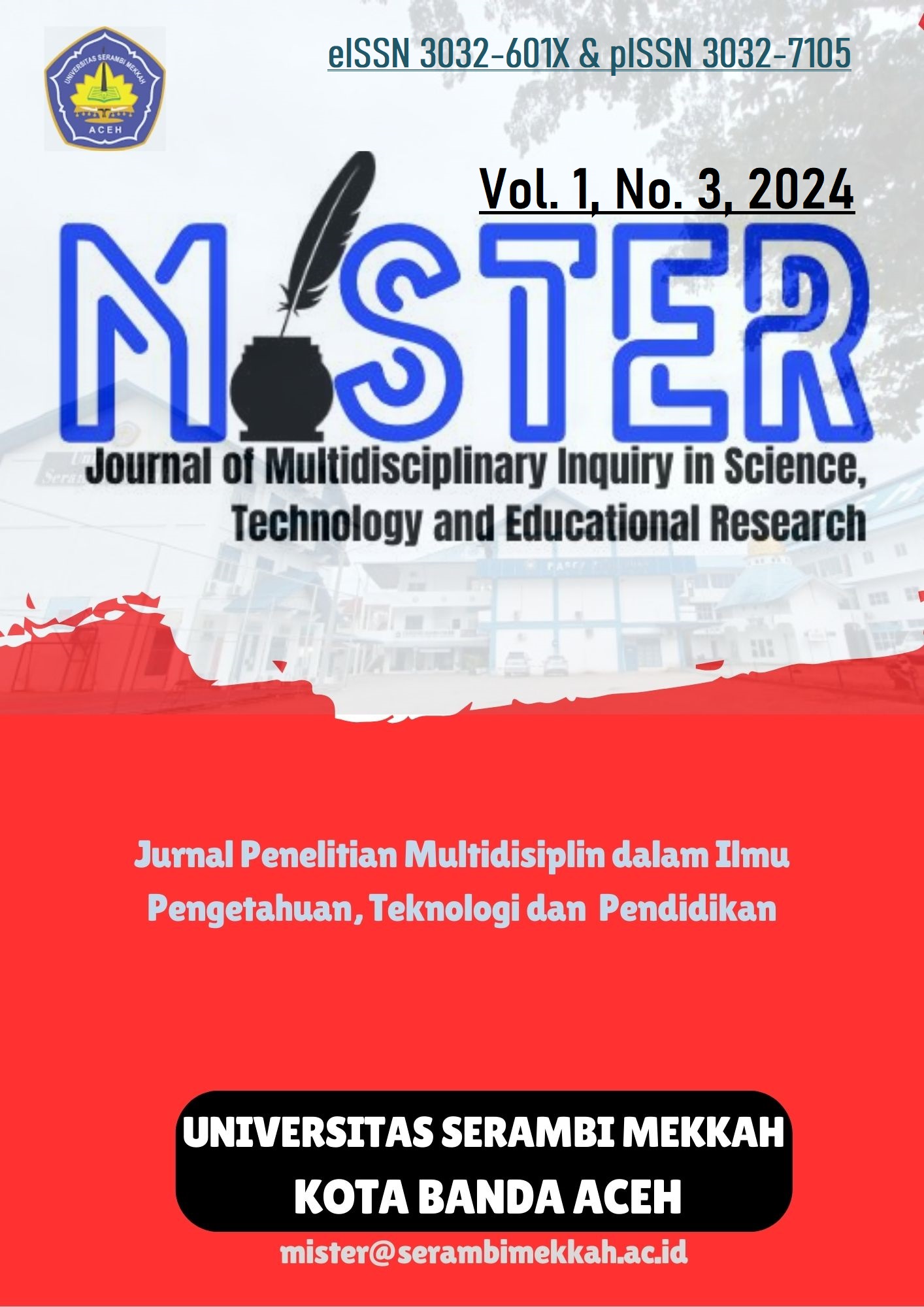Provision of Physically Disabled-Friendly Public Facilities at Recreation Park with a Case Study
Main Article Content
Abstract
The design of accessible public facilities for persons with disabilities (PWD) is crucial, especially in recreational park areas. This aligns with sustainable urban and community planning goals, which aim to provide well-being for all individuals without prejudice. The provision of PWD-friendly public facilities in recreational parks is often overlooked. This study aims to identify PWD's perceptions regarding the effectiveness of the design of PWD-friendly recreational parks. The research methodology adopts a quantitative approach, involving 47 respondents. The findings indicate that the state of public facilities in the study area requires significant improvement and renovation to enhance comfort for users with disabilities. Recommendations for providing accessible facilities for PWD in the study area aim to improve accessibility and user comfort while upholding their social rights
Article Details

This work is licensed under a Creative Commons Attribution-ShareAlike 4.0 International License.
References
Act 685, Person with Disabilities Act (2008)
Çetişli Korkmaz, N., Bilek, F., Hüzmeli, E. D., & Gökçek, Ö. (2021). Review Of City Parks In Terms Of Disabled Rights. Fırat Üniversitesi Sosyal Bilimler Dergisi, 31(3), 1299–1309. https://doi.org/10.18069/firatsbed.902896
Hussein, H., & Yaacob, N. M. (2018). Malaysian Perspective on the Development of Accessible Design. Asian Journal of Environment-Behaviour Studies, 3(8), 147–156. https://doi.org/10.21834/aje-bs.v3i8.287 accesed on 10 Jan 2024
Kamarudin, H., Hashim, A. E., Mahmood, M., Ariff, N. R. M., & Ismail, W. Z. W. (2012). The Implementation of the Malaysian Standard Code of Practice on Access for Disabled Persons by Local Authority. Procedia - Social and Behavioral Sciences, 50, 442–451. https://doi.org/10.1016/j.sbspro.2012.08.048
Krejcie, R.V. & Morgan, D.W. (1970). Determining Sample Size for Research Activities. Educational and Psychological Measurement. 30(3): 607-610.
Salmela, J. (2019). Research & Development project concerning the inclusion of students with special needs.
Shahraki, A. A. (2021). Urban planning for physically disabled people’s needs with case studies. Spatial Information Research, 29(2), 173–184. https://doi.org/10.1007/s41324-020-00343-9
Tahir, Z., Thambapillay, S., Zabdi, J., Yusoff, M., Saufi, A., Rahman, A., & Undang-Undang, F. (n.d.). Undang-Undang Berkenaan Orang Kurang Upaya: Satu Analisis Perkembangan Perundangan di Malaysia (Laws Concerning Disabled Persons: An Analysis of Legal Development in Malaysia). In The Malaysian Journal of Social Administration (Vol. 14).
Terashima, M., & Clark, K. (2021). The precarious absence of disability perspectives in planning research. Urban Planning, 6(1), 120–132. https://doi.org/10.17645/up.v6i1.3612
Vate-U-Lan, P., & Masouras, P. (2018). Thriving social network for communication on elearning: Exploring gender differences in attitudes. ACM International Conference Proceeding Series, 1–6. https://doi.org/10.1145/3279996.3280010
Wazani, I. A., Mohamad, D., & Jaafar, M. (2021a). Accessibility For Persons with Disabilities in Built Environment Of Urban Area: Case Study Of George Town, Penang. In Journal of the Malaysian Institute of Planners VOLUME (Vol. 19).
